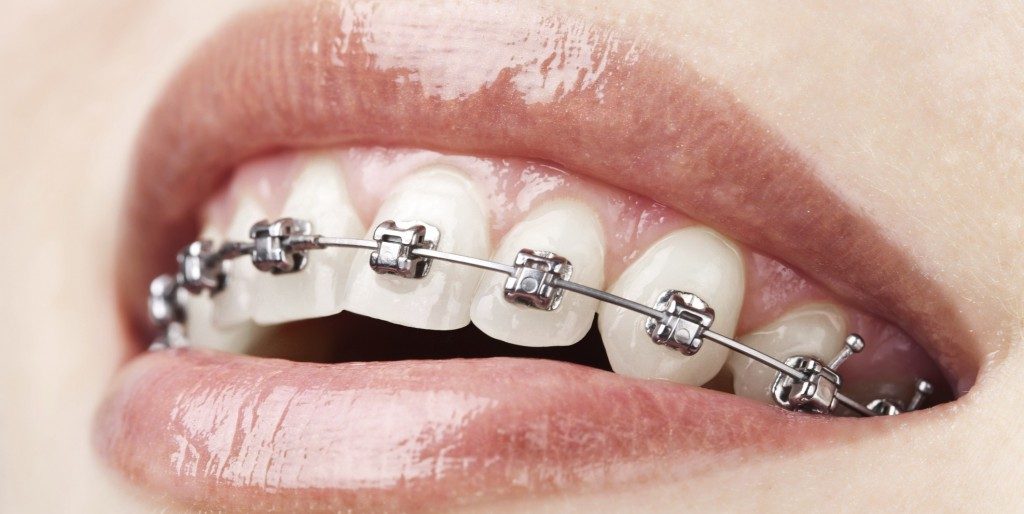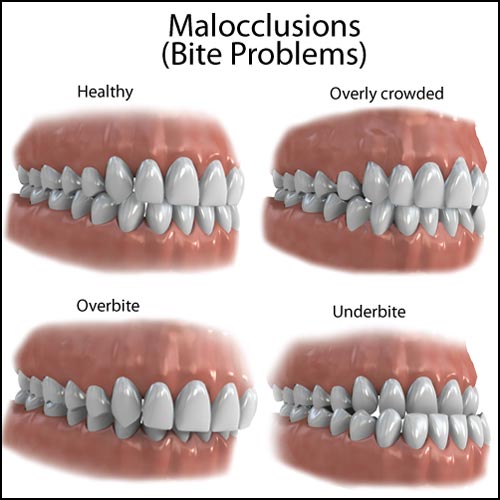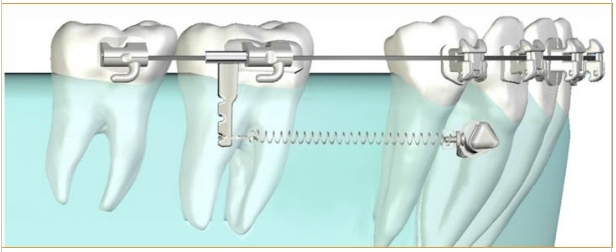
Ortho-Related
Procedures
Schedule an Appointment
Orthodontic Needs for Oral Surgery
You may have seen an orthodontist to straighten your teeth and were informed that, he or she cannot complete your treatment properly without some surgical interventions. Perhaps your teeth are severely crowded and extractions were recommended to create space for alignment. Maybe the canine tooth is stuck and malpositioned and does not have enough room to come in. Perhaps you have a poor bite due to both teeth position problems and jaw size discrepancies. Or perhaps some teeth in extreme poor positions and they are too difficult to correct by braces only.
Dr. Kazemi collaborates with orthodontists routinely to provide procedures that complements their efforts to achieve proper results. These include selective extractions, canine exposure, wisdom teeth removal, corrective jaw surgery, and placement of temporary anchorage devices.

Selective Teeth Extractions
Your child may have been recommended to have certain teeth extracted, typically for orthodontic reasons. The recommended teeth may be primary or baby teeth, permanent teeth, or wisdom teeth. Such selective extractions are designed to create the adequate space that the orthodontist needs to improve eruption pattern of the permanent teeth and alignment of your kid’s teeth. A specific recommendation is given and written by your orthodontist on which teeth require extraction.
Extraction of Primary (Baby) Teeth
Baby or primary teeth are recommended for extraction if they are deeply decayed with significant pain, or infection. Another reason for extraction of primary teeth is for orthodontic reasons. Your child may be in the mixed dental phase, where some adult teeth have already come in or are on their way. Occasionally, due to tight space, the adult teeth get stuck or begin to come in incorrectly. Extraction of selected baby (primary) teeth during the developmental age may help to minimize crowding of the adult teeth later and improve alignment in the mouth. Any baby tooth may be extracted for this purpose, although the canine teeth (#C, H, M, R) are the most common. This adjunctive procedure can help shorten future orthodontics treatment. A space maintainer may then be recommended depending on the tooth and age of your child.
Extraction of Permanent Teeth
Sometimes, the jaw size is so restricted that there simply isn’t enough room for all the adult teeth to come in properly and therefore may cause the teeth to become crowded. When children reach age 12 or 13, orthodontists may recommend extraction of the first premolars to help create adequate space for the adult canines and other teeth. Typically, all four premolars are extracted at the same time. Teeth crowding may also be due to jaw size problems. In this case, the orthodontist may choose to keep all the permanent teeth, align them orthodontically and then recommend a jaw correction procedure.
Extraction of Wisdom Teeth
Although wisdom teeth are typically recommended to be removed between ages of 15 to 18, your orthodontist may request their removal earlier. The most common reason for earlier extraction of wisdom teeth is impacted or malpositioned second molars. Once the wisdom tooth is removed, the impacted second molar may have additional space for eruption.
Canine Exposure
The adult canines are the ‘corner stones’ of your teeth and are extremely important in both function, bite balance, and aesthetics. Perhaps during your last orthodontic appointment, it was noted that one or more of the canines are not erupting into the mouth correctly because of crowding or inadequate space. While your orthodontist uses braces to align your child’s teeth and create adequate space, he or she may request a canine exposure which will make it possible to guide and bring in the canines in their proper position.

Corrective Jaw Surgery
If your teeth do not fit well together, if you have a disproportional face, a gummy smile, an under or overbite, or a jaw size that is too big or too small, you probably have jaw problems. Many people discover these problems during their teenage years and have them corrected early. Others may postpone treatment and later develop tooth problems, facial pain, or TMJ disorders related to a poor bite.
Corrective jaw surgery is the solution of skeletal and dento-facial deformities. It is performed in collaboration with an orthodontist to help you achieve the perfect bite and facial harmony.

Frenectomy
A frenectomy (also known as a frenulectomy, frenulotomy or frenotomy) is the removal of a frenulum, a small fold of or tissue / muscle fibers that develop in different part of the mouth. Done mostly for orthodontic purposes, a frenectomy is either performed inside the middle of upper lip, which is called labial frenectomy, or under the tongue, called lingual frenectomy.

Temporary Anchorage Devices
Temporary Anchorage Devices (TADs) are very small screw-like devices placed by surgeon to assist your orthodontist with difficult tooth movements. Temporary anchorage devices greatly enhance treatment possibilities by reducing the need for headgear, elastic wear, surgeries and extractions, while at the same time increasing patient comfort, clinical efficiency and control, and reducing treatment time.

Anesthesia & Managing Anxiety
Anxiety is not uncommon among children, especially if they had bad experiences previously. We resolve this in several ways. First, the use of child-specific IV sedation allows them to take a nap during the procedure. This helps to make them comfortable and reduce anxiety. Second, they will be cared by a group of affable staff members who take time to personally connect with each child and allay their fears and concerns. Your child is given full “perceived” control of the events that take place and they approve each step along the way. At no time is a child ever held down, talked to loudly, or strapped. These methods are outdated and ineffective. Finally, the procedure is done in a conservative fashion to help minimize or avoid swelling, pain, and complications that others report as bad experiences.
Optimal anesthesia and saftey for children:
A person’s dental experience as a child greatly affects their outlook and confidence in dentistry as adults. The best way to manage your child’s anxiety and assure a non-traumatic experience is to have a child-specific IV sedation form of anesthesia. It is the most recommended option and chosen by many parents. However, for very minor procedures in older and more cooperative children, nitrous oxide (laughing gas) and local anesthesia may be adequate. In the very young age group (age 3 to 5) an intramuscular dose of certain medications can also be sufficient. Dr. Kazemi is trained and licensed in administering of office anesthesia. It is very safe and effective. You can rest assured that Dr. Kazemi and his well-trained staff monitor children continually, and make sure that only enough anesthesia is given for the duration of the procedure.
IV sedation is a very safe and predictable in healthy patients when administered by an experienced clinician with proper training and accepted protocol. The patient is continually monitoring during anesthesia and emergency equipment is on hand, if necessary. The medications used have a long history of safety and are short-acting. Anesthesia is also safe In patients with respiratory problems or cardiovascular disease, providing that precautions are taken. To avoid possible airway compromise, patients with severe upper respiratory compromise, such as severe cold with stuffy nose and productive cough are best to postpone the surgery until they feel better.
The facility is equipped with emergency equipment and medications and the entire team is trained to manage any possible complications quickly and properly. The surgeon is CPR and ACLS certified and can manage any complications that arise effectively and quickly. Suburban hospital is in close proximity in the event additional assistance is required.
Recovery
The recovery can vary depending on the type of procedure. Most can return to some normal activities within the first day or two after surgery. Discomfort from teeth extractions and canine exposure is relatively minor and well managed with simple pain medications. Corrective jaw surgery requires more recovery time (see section on jaw surgery).
More
Fees & Insurance
Information on treatment cost, insurance, and payment options
Frequently Asked Questions
Frequently asked questions on orthodontic related procedures
Brochure
Download detailed brochure on orthodontic-related procedures